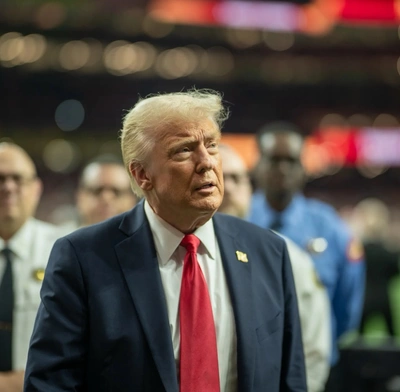Washington’s embrace of digital assets is redrawing global power lines. It should also serve as a wake-up call for governments still waiting to react.

From deregulation to diplomacy
President Donald Trump’s drive to make the US the “crypto capital of the world” has moved beyond domestic politics. What began as a deregulatory push is now redrawing how governments and central banks position themselves within a digitizing financial order.
Since taking office in January, Trump has championed the GENIUS Act, eased enforcement actions against exchanges, and directed federal agencies to “prioritize innovation over obstruction.” The message to allies and rivals alike is clear: the dollar’s next chapter will be written onchain.
Whether you see it as vision or hubris, it marks the first time digital policy has been wielded as an instrument of statecraft.
Asia reacts, Europe defends
Across Asia, responses have ranged from competition to cautious alignment. China is expanding trials of its digital yuan as a counterweight to US dollar-backed stablecoins, while Japan has quietly authorized corporate-issued yen tokens within a regulated framework. Singapore, long a neutral fintech hub, is reassessing whether its sandbox model risks being overtaken by Washington’s speed and scale.
Europe, by contrast, is acting defensively. Brussels is accelerating efforts to protect the euro’s role in settlement by tightening MiCA rules and exploring ECB-supervised euro-backed stablecoins. France and Germany, wary of US dominance in digital payments, are pushing for cross-border oversight of token issuers to limit American reach.
In the Middle East Gulf, alignment rather than resistance is the trend. Regulators in Dubai and Abu Dhabi are deepening cooperation with US firms through VARA, the virtual assets regulator, and new banking corridors, betting that integration with American liquidity will protect their economies against oil volatility.
Power, risk and the dollar order
What links these moves is recognition that crypto is no longer a fringe technology but a vector of power. By promoting dollar-denominated stablecoins and easing capital rules for US platforms, Washington is effectively exporting its monetary influence through code.
Data underline the shift. Dollar pegged stablecoins such as Tether and USDC now account for around 97% of global stablecoin volume, up from 84% a year ago, according to Coingecko, a sign that US regulation and liquidity are already reshaping global settlement.
Critics have warned that the strategy risks politicizing an ecosystem that once valued neutrality. Turning crypto into a policy weapon might invite others to construct parallel systems, a far cry from the borderless communities that some crypto enthusiasts would build. Economists note the irony: a bid to cement dollar dominance could instead accelerate the search for alternatives.
That tension should worry policymakers. The more the US uses crypto to project influence, the faster others will race to build their own systems of control. Trump’s doctrine may look like strategic genius today, but it risks locking the global economy into a new cycle of dependence and resistance that no central bank can easily unwind.






